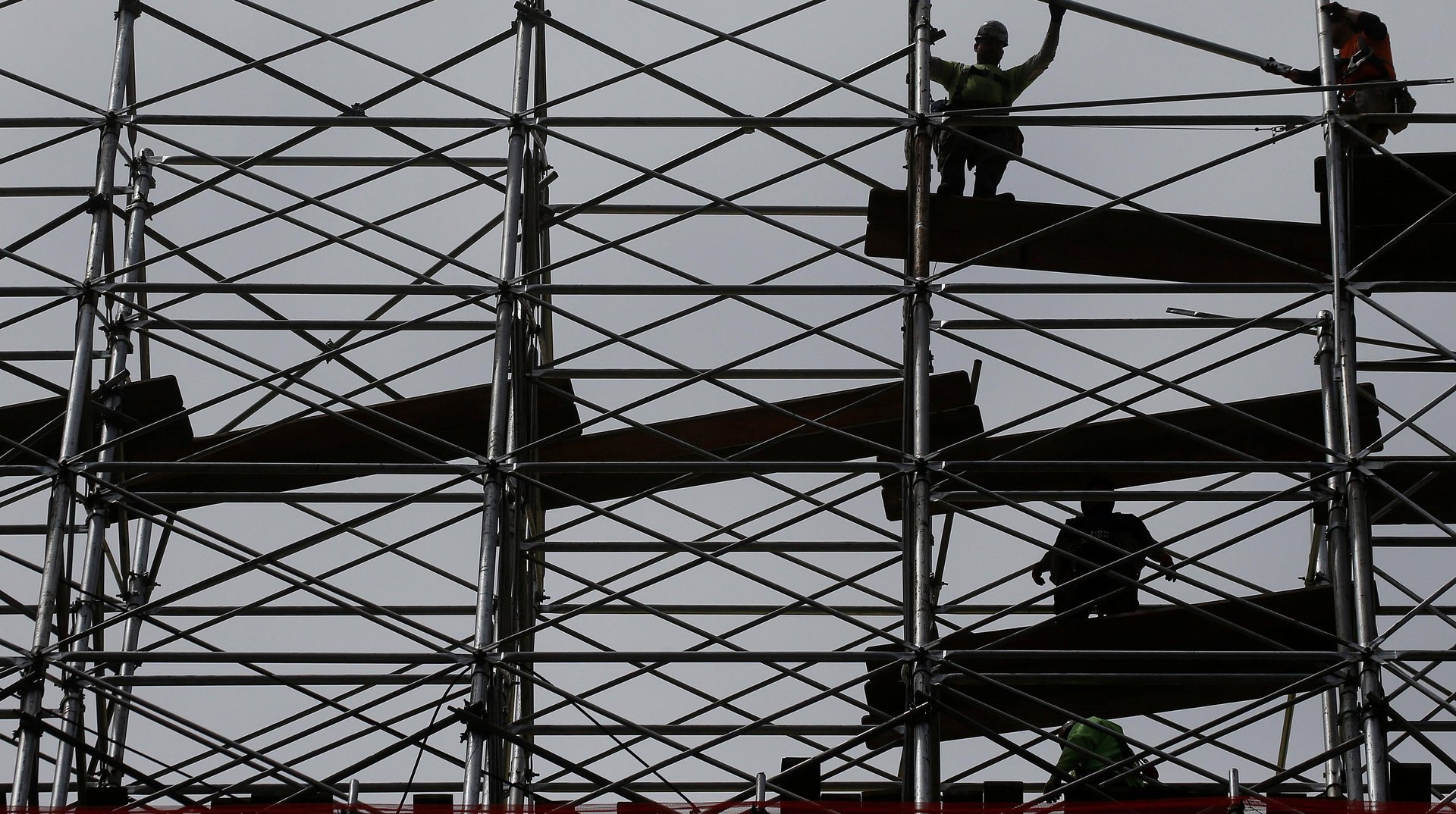June jobs report: The US labor market keeps chugging along with lower unemployment
The US added 209,000 jobs in June, lower than economists expected, although unemployment edged down to 3.6%

The US economy gained 209,000 jobs in June, fewer than the 240,000 that economists had expected for this past month, and well below the 306,000 the US economy added in May.
Suggested Reading
The new data, from the Bureau of Labor Statistics, also showed that the unemployment rate edged down only marginally, to 3.6%, from 3.7% in May. Wages moved up by 0.4% on average, which kept the yearly increase for wages at 4.4% for the third month in a row.
Related Content
Growth in the labor market is still hot, but it is moderating. The numbers “came in below expectations for the first time in a year and revisions to the two prior readings remove another 110,000 jobs,” said John Leiper, chief investment officer at Titan Asset Management.
In light of the softening jobs market, the Fed could well afford to hold off on raising interest rates this month—particularly if the next batch of inflation data, due out on July 12, also heads in a direction that pleases central bankers. Fed officials have noted in the past that wages are not the main driver of higher prices, and inflation has been coming steadily back down without any corresponding rise in unemployment.
Although the labor data is seasonally adjusted, it tends to pick up cyclically in June because of a swelling summer workforce. According to Goldman Sachs analysts, the average gains in jobs every June run roughly 35,000 above the yearly average.
Do US companies need more workers or fewer?
Corporate earnings calls have already switched from talking about labor shortages to job cuts, Bob Savage, BNY Mellon’s head of strategy and insights, noted in a research note.
“This flip is a notable change in business focus and suggests that companies are responding to Fed rate hikes by reducing leverage and demand by focusing on cost cutting,” Savage said.
But employers may not be able to follow up that talk with job cuts if consumer demand for both goods and services remains strong. And companies will need to be wary about reducing their workforce only to try to hire again to meet demand. Joe Davis and Andrew Patterson, economists at Vanguard, think that the labor supply for US workers will likely remain flat over the next few years.
“Legal immigration has returned to pre-COVID rates, and any further increases would require legislative approval (an unlikely scenario),” Davis and Patterson wrote. “The easiest, and most likely, upside potential for labor supply is workers deferring retirement (due to higher wages, increased work flexibility, etc.) but even in our best-case scenario this would only add 400k workers to the US labor force over the next 2 years.”
Will the US enter a recession?
Economists—including officials at the Fed—are split on whether or not inflation will return to the targeted 2% without at least a mild recession.
“On the one hand, nominal GDP is still growing, labor markets remain tight, and investment is steady as the Biden administration rolls out the first wave of industrial policy investments,” Alex Williams, an Employ America economist, wrote in a blog post. “On the other hand, the Fed has hiked more than 500bp in the fastest tightening cycle in decades while consumer and business confidence have dropped.”
With most supply chain issues resolved, except for some semiconductor and electronic parts, and post-pandemic uncertainty lessening, businesses are reporting that they want to invest in capital now, Williams noted.
“Where the fiscal response to the 2008 recession looks increasingly insufficient, the fiscal response to the pandemic seems to have jump-started firms’ beliefs about expected demand, and thus their attitude towards further capital investment,” he said.